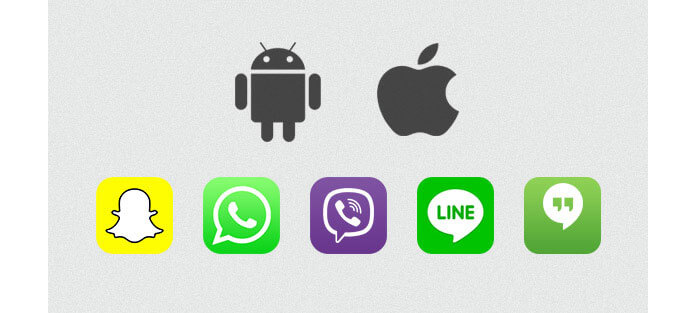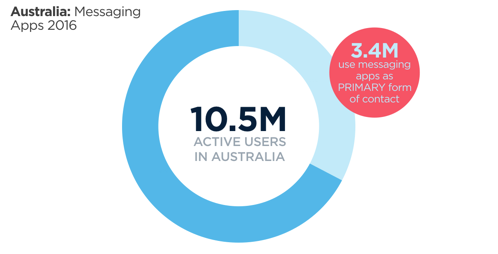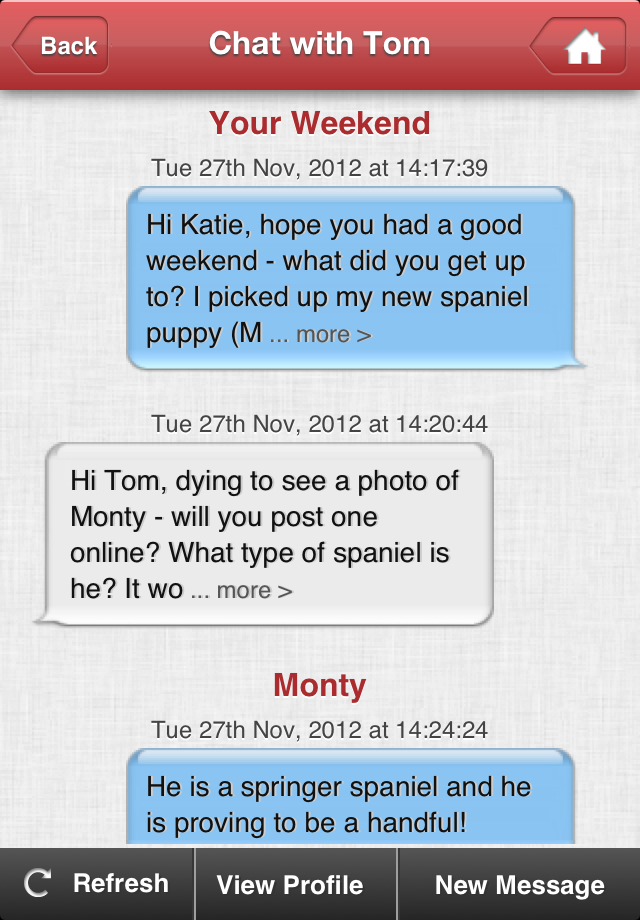
Commons types of in-app messages and use cases It's best practice to collect their preferences and let them tailor the app experience, but you have a whole new range of opportunities based on your permissions. When a user has your app open, you don't need permission to send them a message within the application.

With that context, you can send them the perfect message.Īnd lastly, while users must opt in to receive push notifications, that's not the case with in-app messaging. That might be playing a game, messaging a friend, adjusting their settings, or browsing your store. Your user has their phone open and actively using it-and you know exactly what they're doing at that moment. On the other hand, in-app messaging is typically impossible to miss. For example, you might send a push notification to someone driving to work, and that alert might get buried under a pile of emails and texts before they ever unlock their phone. The messages you send with push notifications are smart (or should be) and don't have the same contextual power as in-app messaging.
:max_bytes(150000):strip_icc()/07_best-mobile-messaging-apps-2654839-636351bf484048a68e3df4b858b2e2bb.jpg)

In-app messaging lets you interact with users actively using your application with relevant messages. But what is in-app messaging, and how is it different from push notifications? Do you need both? What is in-app messaging?

Marketers can use in-app messaging (aka in-app notifications) with email, SMS, chatbots, and push notifications to enhance the user experience. That's why you're here (now) reading this, right? This under-utilized marketing tactic is finally getting some of the love and attention it deserves. In-app messaging is one of many communication tools you can use to drive customer engagement and conversions.


 0 kommentar(er)
0 kommentar(er)
